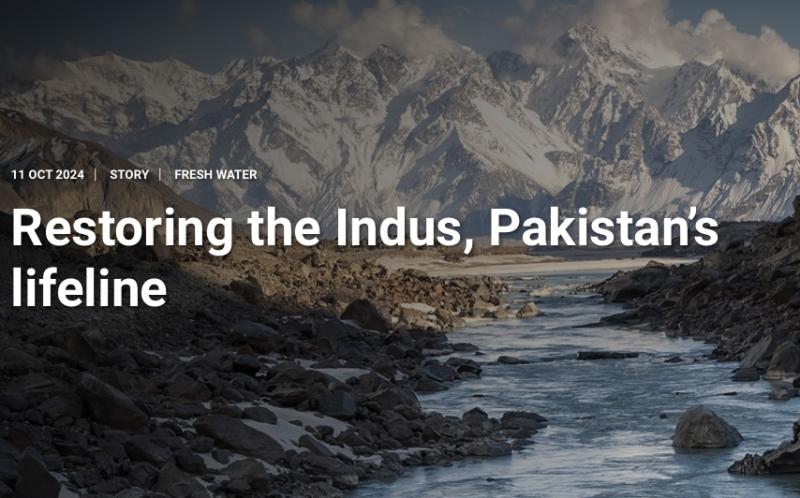

The Indus River and its tributaries have nurtured human civilization on the Indian sub-continent since the Bronze Age.
Several millennia later, modern-day Pakistan still depends heavily on the river for water, food, jobs – even the country’s identity – as it flows 3,000 kilometres from the Tibetan Plateau to the Arabian Sea.
But the Indus and the vast Himalayan glaciers that feed it have come to pose an increasingly unpredictable threat: deadly floods, exacerbated by climate change, have struck the river basin repeatedly in recent years.
Those disasters, along with growing concern about environmental degradation, have added urgency to the Living Indus initiative, an ambitious effort to restore the river’s ailing ecosystems and secure the lives and livelihoods of millions of people. Restoration measures are wide-ranging: they cover everything from growing mangroves in the Indus delta to grafting glaciers high in the mountains.
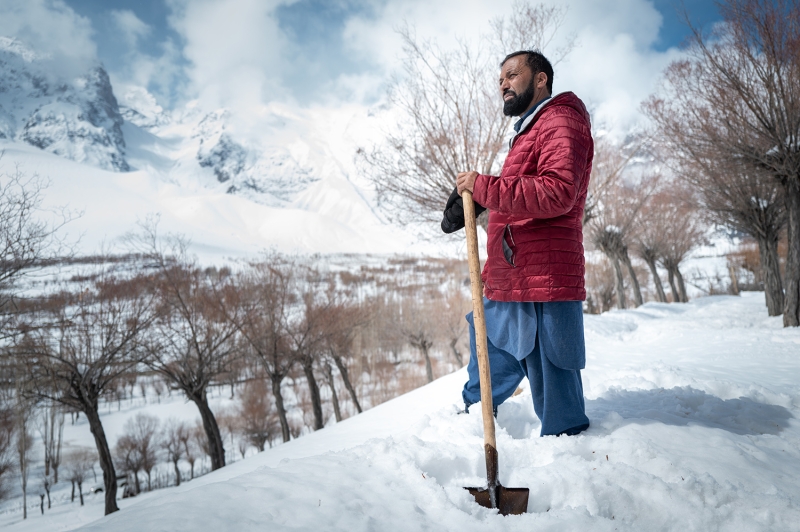
The initiative, led by the Pakistani government, has been recognized as a World Restoration Flagship. The award is part of the UN Decade on Ecosystem Restoration and recognizes initiatives that are helping to protect and revive the natural world.
To date, the Living Indus initiative has restored more than 1 million hectares, with plans to bring 25 million hectares under restoration by 2030.
“Pakistan’s climate-induced disasters in recent years have been heart-breaking, causing destruction on a scale that no nation can, or should have to, accept,” said Inger Andersen, Executive Director of the UN Environment Programme (UNEP), which leads the UN Decade along with the UN Food and Agriculture Organization (FAO).
“It is therefore important to recognize and support projects like the Living Indus initiative for the hope and resilience it can offer Pakistan and the region,” Andersen added.
A nationwide movement
Launched in 2021, Living Indus aims to scale up efforts to protect the natural resources of the Indus Basin, which is home to 90 percent of Pakistan’s people and irrigates 80 percent of its arable land. A major goal is to make the country more resilient in the face of climate change.
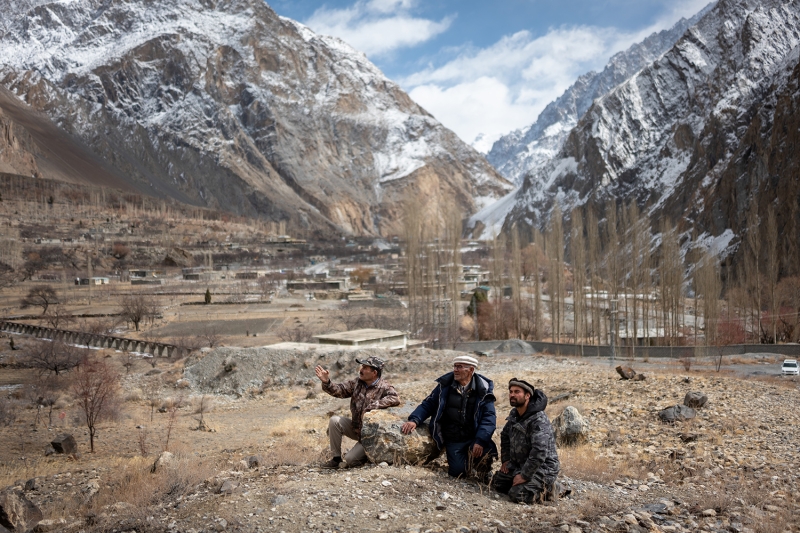
As well as securing water supplies for homes, farms and factories, the initiative aims to restore 40 per cent of the Indus basin within Pakistan by 2030 and to create more than 200,000 green jobs. Some 1.3 million hectares have already been restored, for instance through reforestation and the establishment of protected areas – moves that can help protect endangered wildlife from snow leopards to river dolphins.
In the face of climate change and environmental degradation, the Living Indus initiative is also re-introducing a process known as glacier grafting. An indigenous technique, it sees practitioners transport ice and create what are known as stupas, conical heaps of ice. These structures help regulate water flows and increase water availability for crops.
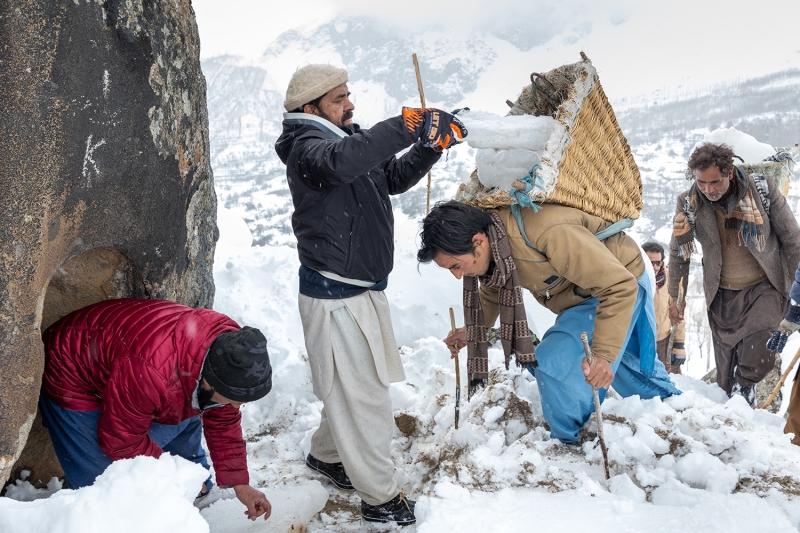
Community consultation, strengthened governance, and the sharing of knowledge across the basin are central to the Living Indus initiative.
"Not only are we looking at programmes and policies. We are also looking at igniting a movement of different voices, which can be used to save the Indus for today and for tomorrow,” said Humaira Jehanzeb, the initiative’s coordinator.
Preventing disaster
In 2022, following torrential rainfall, flooding affected about 33 million people in Pakistan, leaving more than 1,700 dead and causing a reported US$30 billion in damage. Hundreds more have died in floods so far this year.
Many of the victims lived in the densely populated lowlands in the province of Sindh. That is why the initiative has focused on restoring natural infrastructure, such as wetlands, and promoting climate-smart farming practices that can reduce the risk from floods, storms, extreme heat and other climate-related hazards.
But danger also lurks high in the mountains.
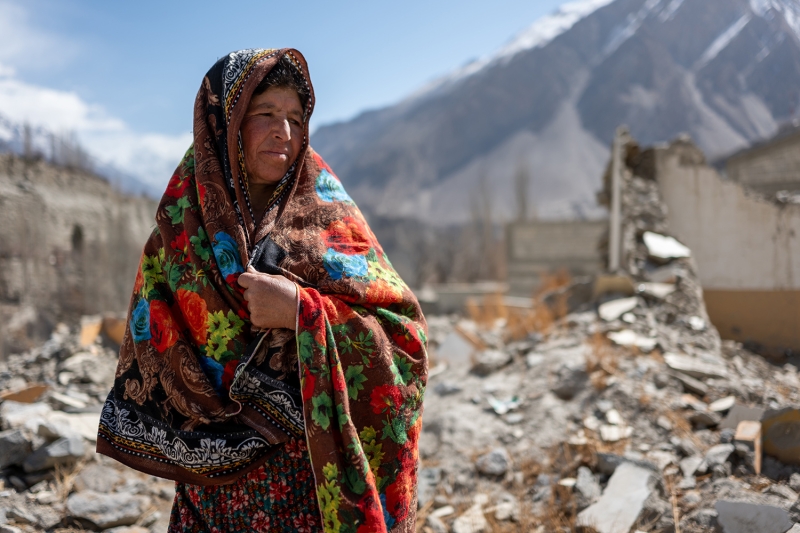
Komal Sher, a schoolgirl from Hassanabad, in the Gilgit-Baltistan region, has painful memories of the day in 2022 when part of her town, including a highway bridge, was swept away by meltwater roaring down the Shyok River, a tributary of the Indus.
"The flood not only washed out my home and property, but it took all my childhood memories,” she said, gazing at the tumble of bricks where the house had stood.
The flooding was the result of unusually high temperatures causing a lake to form behind the Shisper Glacier. The swelling lake eventually broke through, releasing a terrifying wave of water and debris into the steep-sided valley below.
Experts worry that climate change is making such glacial lake outburst floods more likely across the Himalayas and other mountain regions. In October 2023, a flood like that in India’s Sikkim state reportedly killed more than 90 people, destroyed a hydropower dam and swamped villages as far away as Bangladesh.
Jehanzeb, who coordinates the Living Indus initiative, said the effort has focused on community-based disaster risk management, physical flood protection and early warning systems.
“What it really looks at is increasing the community's capacity to respond to a disaster," she said.
Respecting the river
Altogether, the Living Indus initiative includes 25 intervention areas and is estimated to cost US$11–17 billion to implement. With its recognition as a World Restoration Flagship, the initiative will now be eligible for additional technical and financial support from the UN.
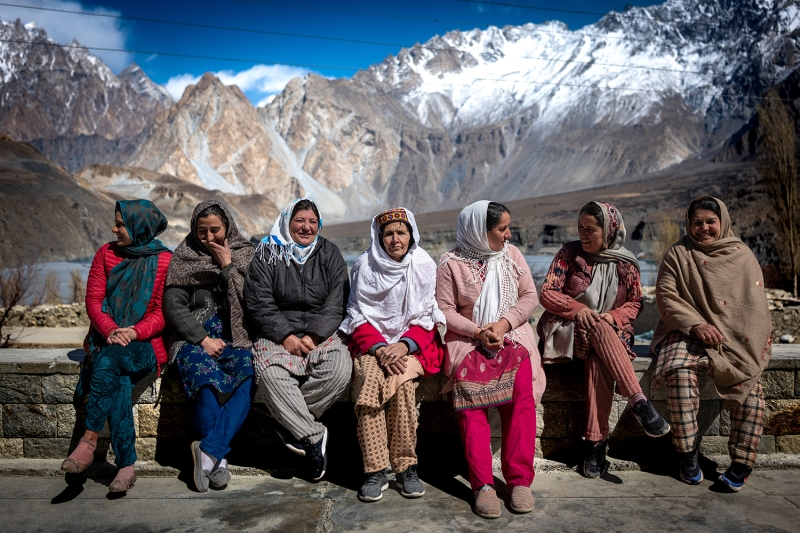
Capitalizing on that support and scaling up the programme would help Pakistan give something back to the Indus, said Jehanzeb.
"[The Indus] is the backbone of Pakistan. What we are is because of the Indus,” she said. “So, the question really is: are we in a position to support the Indus for the next 100 years?"
Originally published on UNEP.org